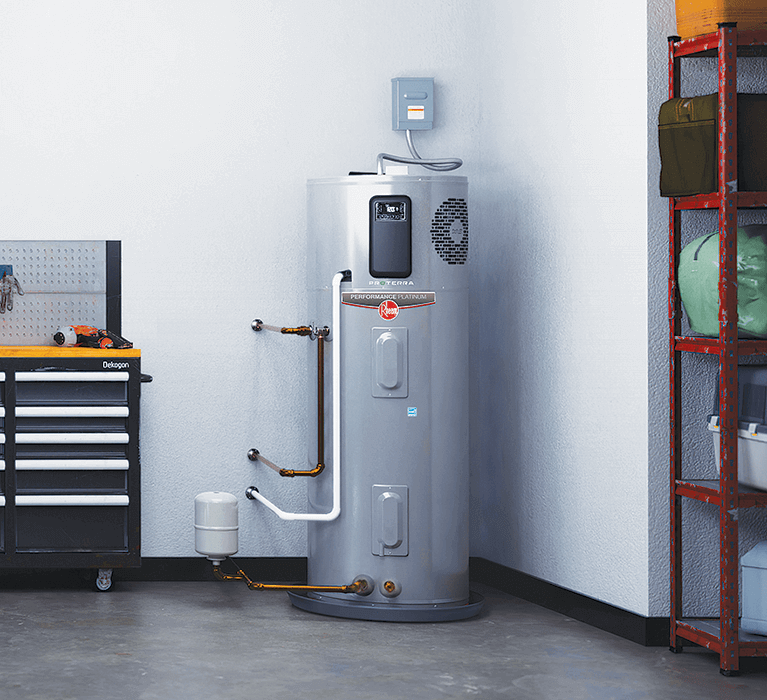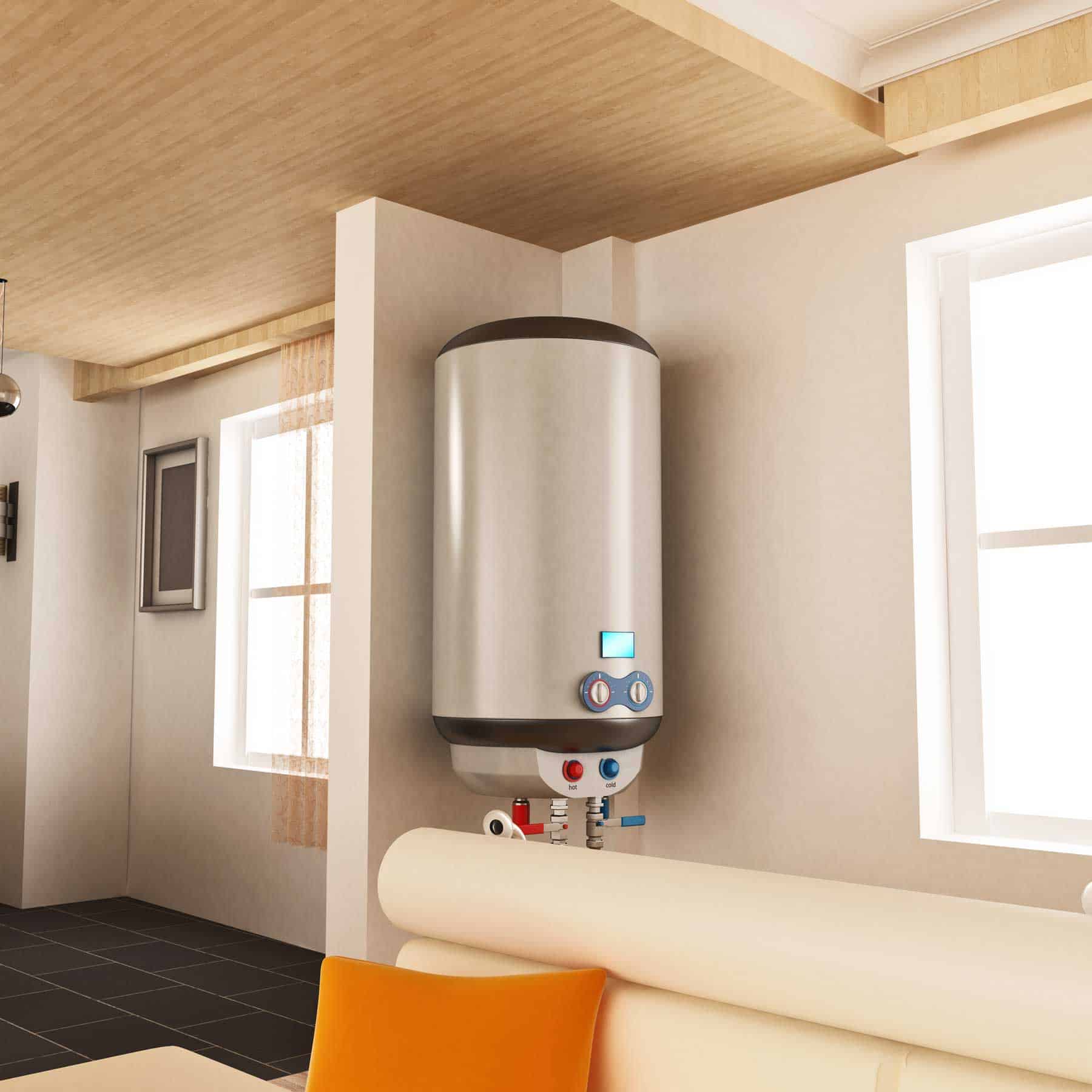Presented here on the next paragraphs yow will discover a lot of worthwhile details in relation to How to Maintain a Hot Water Heater in a Few Simple Steps.

Hot water is important for daily comfort, whether it's for a refreshing shower or washing dishes. To guarantee your warm water system runs effectively and lasts longer, routine maintenance is crucial. This article supplies practical suggestions and understandings on exactly how to maintain your home's warm water system to stay clear of disturbances and costly repairs.
Intro
Maintaining your home's hot water system may appear overwhelming, but with a couple of straightforward actions, you can ensure it runs smoothly for years ahead. This overview covers every little thing from understanding your hot water system to DIY upkeep suggestions and knowing when to call expert assistance.
Relevance of Maintaining Your Hot Water System
Normal maintenance not only expands the life-span of your warm water system yet likewise guarantees it runs effectively. Ignoring maintenance can bring about lowered effectiveness, higher energy expenses, and even premature failure of the system.
Signs Your Warm Water System Demands Maintenance
Recognizing when your hot water system needs focus can prevent significant issues. Watch out for indicators such as inconsistent water temperature level, weird noises from the heating unit, or rusty water.
Comprehending Your Hot Water System
Prior to diving right into upkeep tasks, it's practical to recognize the standard components of your warm water system. Commonly, this consists of the water heater itself, pipelines, anode rods, and temperature controls.
Monthly Maintenance Tasks
Regular regular monthly checks can aid catch small issues prior to they escalate.
Purging the Hot Water Heater
Purging your hot water heater eliminates debris buildup, enhancing performance and prolonging its life.
Checking and Changing Anode Rods
Anode rods avoid rust inside the storage tank. Evaluating and changing them when worn out is important.
Checking and Readjusting Temperature Level Setups
Readjusting the temperature level setups makes certain optimum efficiency and safety and security.
Do It Yourself Tips for Upkeep
You can execute numerous upkeep jobs yourself to keep your hot water system in top condition.
Checking for Leaks
Frequently examine pipes and connections for leaks, as these can lead to water damage and greater costs.
Checking Pressure Relief Valves
Testing the stress safety valve guarantees it works properly and avoids excessive stress build-up.
Protecting Pipes
Insulating hot water pipelines minimizes heat loss and can conserve power.
When to Call an Expert
While DIY maintenance is advantageous, some issues require specialist proficiency.
Complex Concerns Needing Specialist Assistance
Examples include major leaks, electrical troubles, or if your water heater is continually underperforming.
Regular Professional Maintenance Perks
Specialist maintenance can consist of complete assessments, tune-ups, and making sure conformity with safety requirements.
Conclusion
Normal upkeep of your home's warm water system is necessary for efficiency, durability, and cost financial savings. By complying with these pointers and recognizing when to seek expert help, you can ensure a reputable supply of hot water without unanticipated disruptions.
Water Heater Maintenance Tips
Test the TPR Valve
Shut off the power and the cold-water supply valve. Place a bucket under the pipe connected to the temperature-pressure-release (TPR) valve on the top or side of the tank. (This valve opens if the tank pressure gets too high.) Lift the valve’s tab to let some water out, then let go. If water keeps flowing, drain the tank partway, unscrew the old valve with a pipe wrench, and install a new one. Check the Anode Rod
Put a hose to the tank’s drain cock and let out a few gallons of water. Now fit a 1 1/16-inch socket onto the rod’s hex head on top of the heater (or under its top plate) and unscrew the rod. If it’s less than ½ inch thick or coated with calcium, buy a new one, wrap its threads with Teflon tape, put it back in the tank, and tighten securely. Use this segmented rod if headroom above the tank is limited. Drain the Tank and Wash Out Sediment
Drain the remaining water in the tank into the bucket, then stir up the sediment on the tank’s bottom by briefly opening the cold-water supply valve. Drain and repeat until clean water comes out of the hose. Close the drain cock, refill the tank, and turn its power back on. Adjust the Temperature
Find the temperature dial on the side of the tank and unscrew its cover. Adjust the dial to 120 degrees using a flathead screwdriver. For every 10 degrees the temperature is lowered, you can expect to save up to 5 percent in energy costs. Turn the water heater off or the thermostat down to its lowest setting if you plan to be away from home for more than three days. Insulate the Pipes
Buy some self-sticking 3/8-inch-thick foam pipe insulation that matches the pipes’ diameter. Slide the foam over the hot-and cold-water pipes as far as you can reach. Insulating the cold-water pipe prevents condensation in summer. Peel the tape and squeeze the insulation closed. If the pipe is 6 inches or less from the flue, cover it with 1-inch-thick unfaced fiberglass pipe wrap. https://www.thisoldhouse.com/plumbing/21016402/how-to-maintain-a-water-heater

I'm very drawn to How to Maintain a Hot Water Heater in a Few Simple Steps and I'm hoping you liked the entry. Appreciated our blog entry? Please share it. Let another person locate it. I value your readership.
Learn More